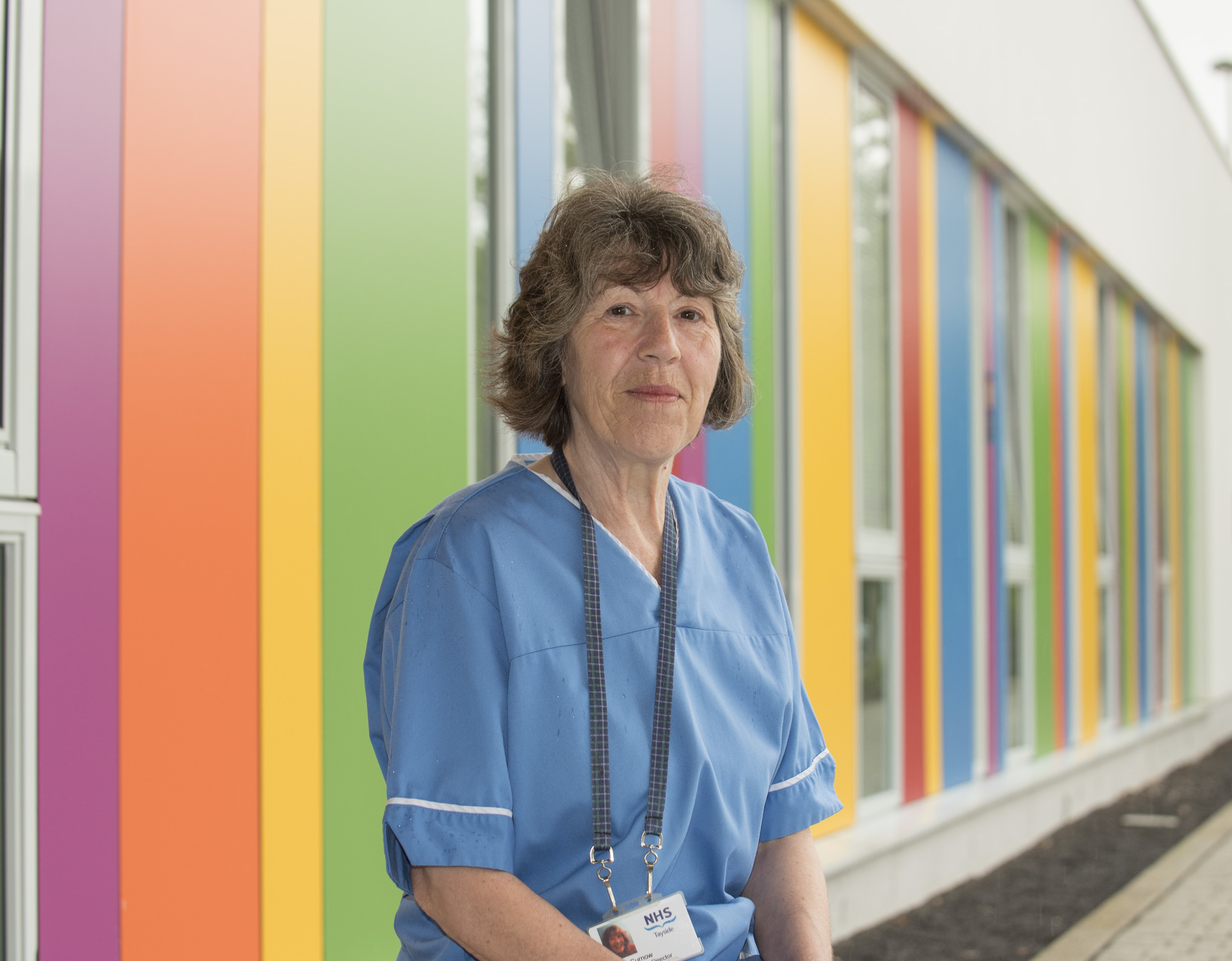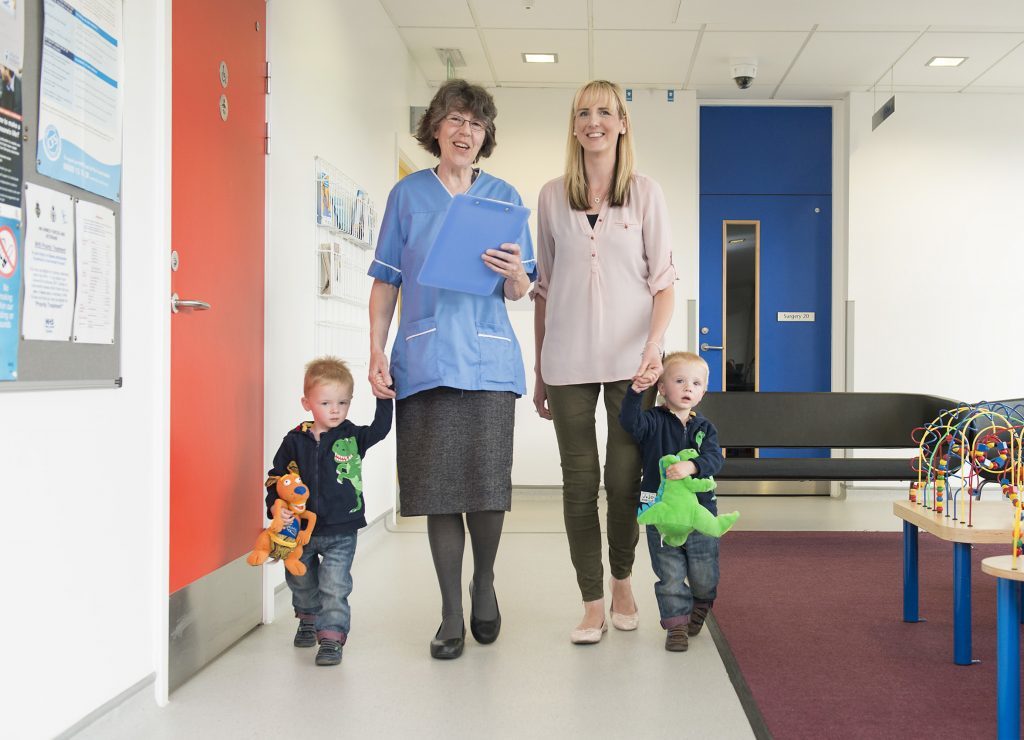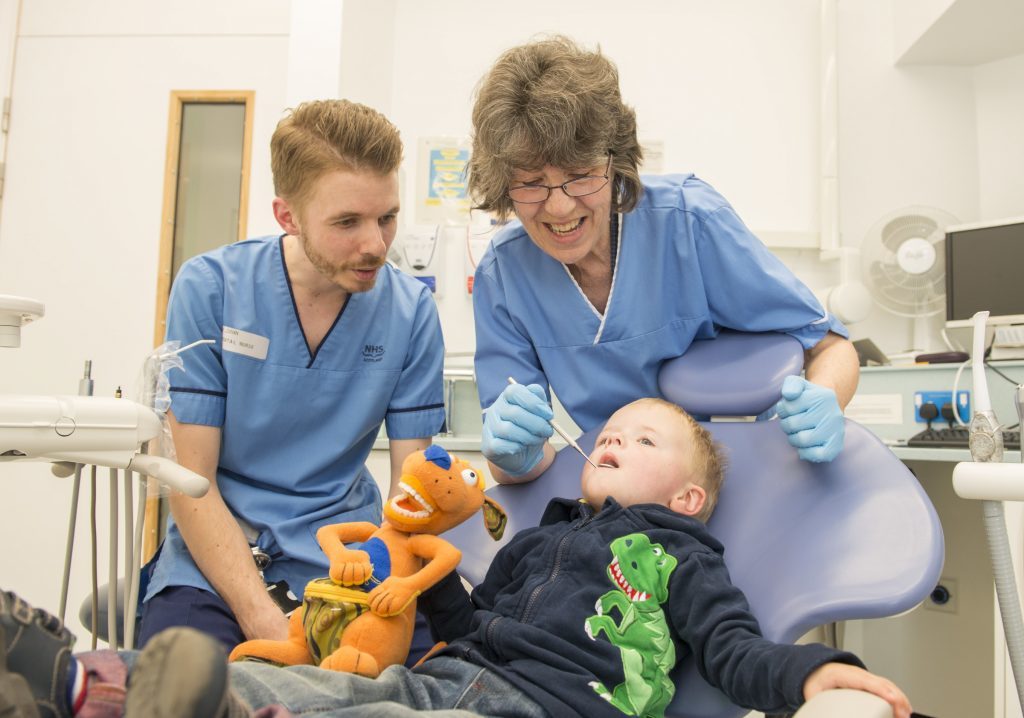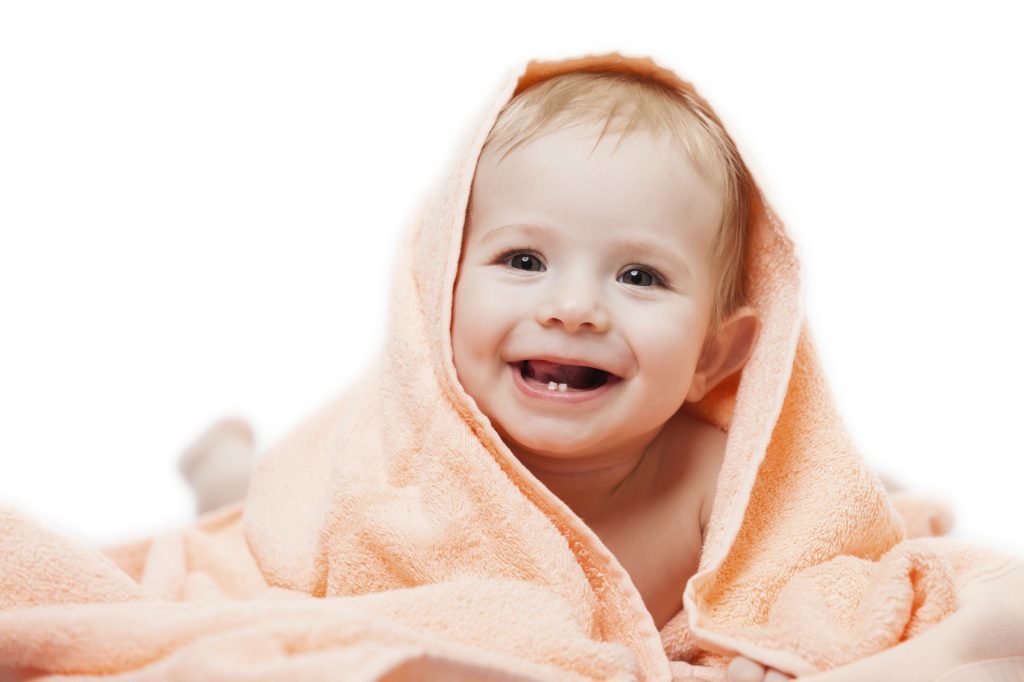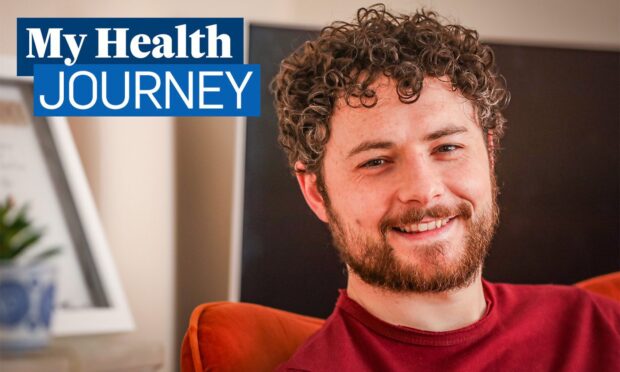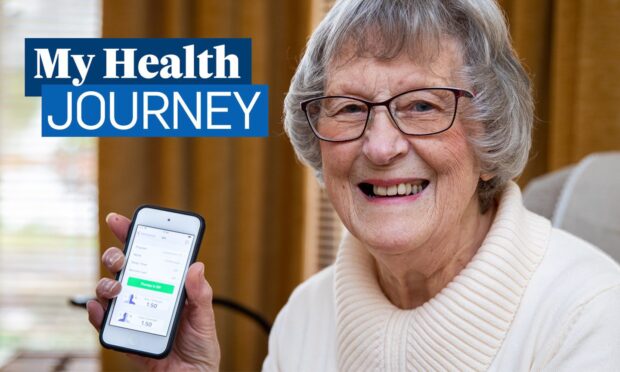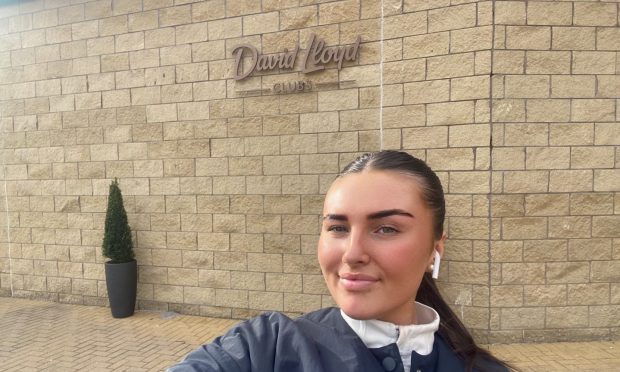Going to the dentist might not be our favourite thing to do but here in Tayside we should count ourselves lucky – unlike other parts of the country, numbers of NHS dentists have improved so much that the Public Dental Service (PDS) is referring all routine patients to family dental practices over the next few weeks.
Dundee also boasts one of Scotland’s four dental hospitals and Dr Morag Curnow, clinical dental director with the PDS, is proud to continue Tayside’s impressive history in dental health.
“We inspect the teeth of all schoolchildren at various stages, to let parents know the condition of their children’s teeth and to help them access appropriate care,” she explains.
“The need for this was first identified by ‘the Father of Public Health Dentistry’, William M Fisher, a Dundee dentist at the end of the 19th Century.
“Dr Fisher had a huge impact across not only Scotland, but across the UK and in 1907 the school dental inspection was made mandatory,” she continues.
Tayside also pioneered an important study back in 1997 as Morag explains. “We started a research project, the Tayside Brushing Study, in 12 primary schools, with half of the children brushing their teeth in school with a fluoride toothpaste and half not.
“They did this for three years and results were impressive. We found that the children in the brushing classes had much less decay in their second teeth even in their last years in secondary school,” she says. “It’s a really important study and we would very much like to hear from all those – now aged around 24 – who took part as five year olds back in 1997.”
In Scotland today, every child is a Childsmile child. “This means all children are entitled to regular applications of fluoride varnish, which is proven to be effective in reducing decay.”
But there’s no room for complacency.
“There’s still lots to be done. The dental health message is really straightforward: confine sugary drinks and foods to mealtimes; brush your teeth twice a day with a full strength fluoride toothpaste; spit, don’t rinse; register with a dentist and attend regularly,” Morag advises.
“And don’t smoke as it’s implicated in the increase in mouth cancer.”
www.child-smile.org.uk
Did you know?
In 1968, most people over the age of 50 had no natural teeth.
Fewer then one in 10 people reaching retirement age now has full dentures.
The first toothbrushes were made in China more than 500 years ago.
Sharks have a never ending supply of teeth. We have only two sets so look after them!
Fluoride is a naturally occurring mineral that is added to toothpaste to protect against decay.
20 years ago, more children attended hospital for extraction of baby teeth than for all other types of operation put together.
Dentures used to be made of ivory, wood, or extracted human teeth. People would sometimes sell their teeth to be made into dentures.
The enamel on the outside of our teeth is the hardest substance in the human body.
An average person spends 38.5 days brushing their teeth over their lifetime.
Teeth start to form even before we are born.
